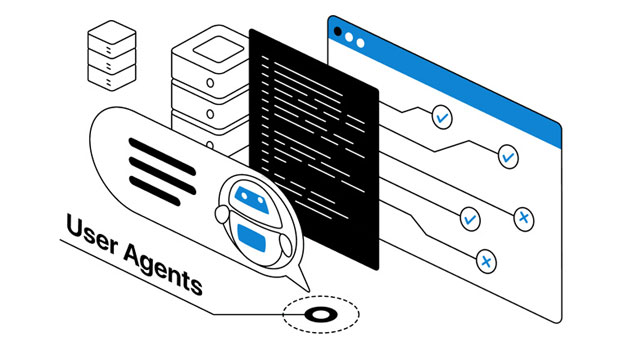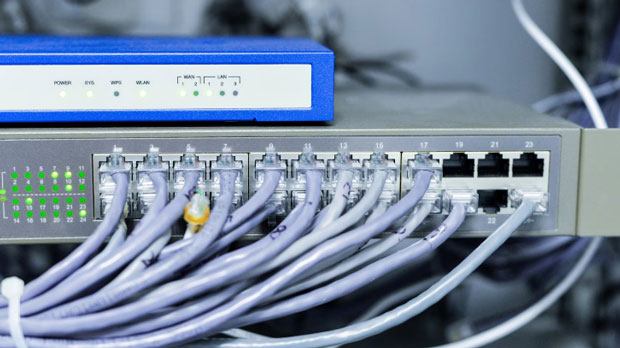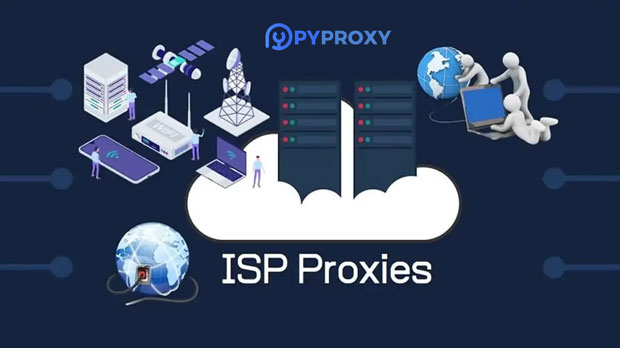Do I need to verify my real name to buy a US Proxy IP?
When considering the purchase of a U.S. proxy ip, many individuals and businesses wonder whether they will be required to complete a real-name authentication process. This question arises from the increasing concern over privacy, security, and regulatory compliance. While proxy services offer anonymity by masking your real IP address, the necessity of real-name verification during the purchase can vary depending on the provider, the service type, and the specific usage intended. Understanding the legal and security implications behind this requirement is crucial for making an informed decision. What is a Proxy IP and How Does It Work?Before delving into whether real-name authentication is necessary, it is essential to understand what a proxy IP is and how it functions. A proxy server acts as an intermediary between the user and the internet. It reroutes internet traffic through a different server, effectively masking the user's original IP address with that of the proxy server.This technology can serve various purposes, such as:- Enhancing privacy and security by hiding the user's true identity.- Accessing geo-restricted content, such as websites or services available only in certain countries.- Bypassing network firewalls or content filters.- Conducting data scraping or automation tasks with minimal risk of detection.Given the potential for misuse in activities like data scraping, fraud, or illegal content access, proxy service providers may need to enforce certain regulations to ensure compliance with laws and maintain the security of their networks.Why Do Some Proxy Providers Require Real-Name Authentication?Real-name authentication is a process that requires users to verify their identity by providing personal details, such as name, address, and sometimes even a government-issued identification number or document. This is primarily aimed at reducing fraud, ensuring compliance with legal standards, and preventing malicious activities on the network. There are several reasons why some proxy service providers might implement real-name authentication:1. Security and Fraud Prevention: By requiring real-name authentication, providers can prevent fraudulent activities such as account hacking, identity theft, or the use of proxy servers for illicit purposes. This is particularly relevant in industries where proxy services are used for activities like bypassing government restrictions or engaging in data scraping on a massive scale.2. Legal Compliance: Some countries and regions, particularly those with strict data protection and anti-fraud regulations, mandate real-name authentication for online services. This is a way to comply with laws such as the GDPR in the EU or other similar privacy protection acts.3. Responsible Usage: To prevent the abuse of their services, many proxy providers require real-name authentication to ensure that their proxies are used only for legitimate purposes. This helps ensure that their services are not contributing to illegal activities like cyber-attacks, spamming, or fraud.When is Real-Name Authentication Not Required?While real-name authentication is becoming more common, not all proxy service providers require it. The requirement often depends on several factors:1. Type of Proxy Service: For example, residential proxy services, which use IP addresses from real residential homes, may have stricter identification requirements to ensure that they are not being used for illegal or unethical activities. On the other hand, data center proxies, which use IPs from large server farms, may not require real-name authentication as frequently.2. Service Usage: If the proxy service is intended for personal use, such as accessing geo-restricted content or maintaining privacy while browsing, some providers may not require real-name authentication. However, if the service is used for business purposes or involves large-scale operations, there is a higher likelihood of needing identity verification.3. Region-Specific Regulations: Depending on the country or region where the proxy provider operates, there may be varying legal requirements. For example, in the United States, there is no nationwide law mandating real-name authentication for proxy services, but providers may still choose to implement it for security reasons. In contrast, certain Asian countries, such as China, have stricter policies requiring real-name registration for online activities, including the use of proxy servers.Benefits of Real-Name Authentication for Proxy UsersAlthough some users may view real-name authentication as an obstacle to privacy, it offers several benefits that should not be overlooked:1. Increased Security: Real-name authentication adds a layer of accountability. Knowing that their actions are tied to a verified identity, users are less likely to engage in malicious or illegal behavior. This, in turn, enhances the overall safety of the proxy network for all users.2. Protection Against Fraud: By verifying identities, service providers reduce the risk of fraud, chargebacks, and other forms of financial abuse. This provides more stability for the proxy service and ensures that legitimate users are not affected by fraudulent activities.3. Compliance with Laws: Real-name authentication ensures that proxy users are in compliance with national and international laws regarding digital identity, data protection, and online privacy. For businesses, this is particularly important as it reduces the risk of legal issues and fines related to non-compliance.Drawbacks of Real-Name AuthenticationDespite its advantages, real-name authentication can present some drawbacks, particularly for users who prioritize privacy:1. Loss of Anonymity: The primary purpose of using a proxy is to mask your real identity. By requiring real-name authentication, users may feel that their privacy is compromised, as they are forced to disclose personal information to access proxy services.2. Longer Onboarding Process: Real-name verification may increase the time it takes to purchase and set up a proxy service. For users looking for immediate access, this can be an inconvenience, especially if additional documents or information are required.3. Limited Access in Some Regions: In certain countries, real-name authentication may be required for all proxy services. This could limit access to proxy networks for individuals in regions where privacy laws are less stringent, or users may find themselves restricted to using specific types of services that demand more documentation.Conclusion: Should You Be Concerned About Real-Name Authentication?In conclusion, the requirement for real-name authentication when purchasing a U.S. proxy IP is determined by a variety of factors, including the type of proxy, the purpose for which it is being used, and the legal framework governing the proxy provider. While real-name verification may pose some privacy concerns, it also offers significant security, legal, and compliance benefits, particularly for businesses and users who need to ensure responsible and lawful use of proxy services. Ultimately, whether or not real-name authentication is a barrier will depend on individual needs and the specific proxy service provider selected.By understanding the rationale behind this requirement and its potential benefits and drawbacks, users can make a more informed decision when purchasing a proxy service and better manage their expectations around privacy and security.
2025-02-05
























































